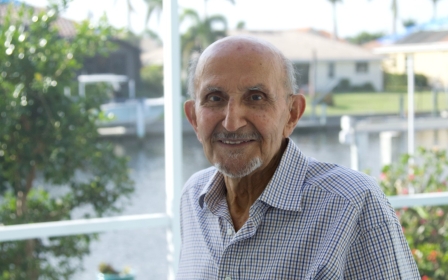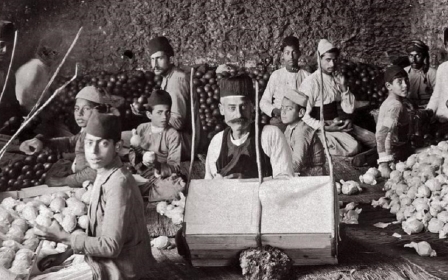
In pictures: The city of Haifa before and after the Nakba of 1948
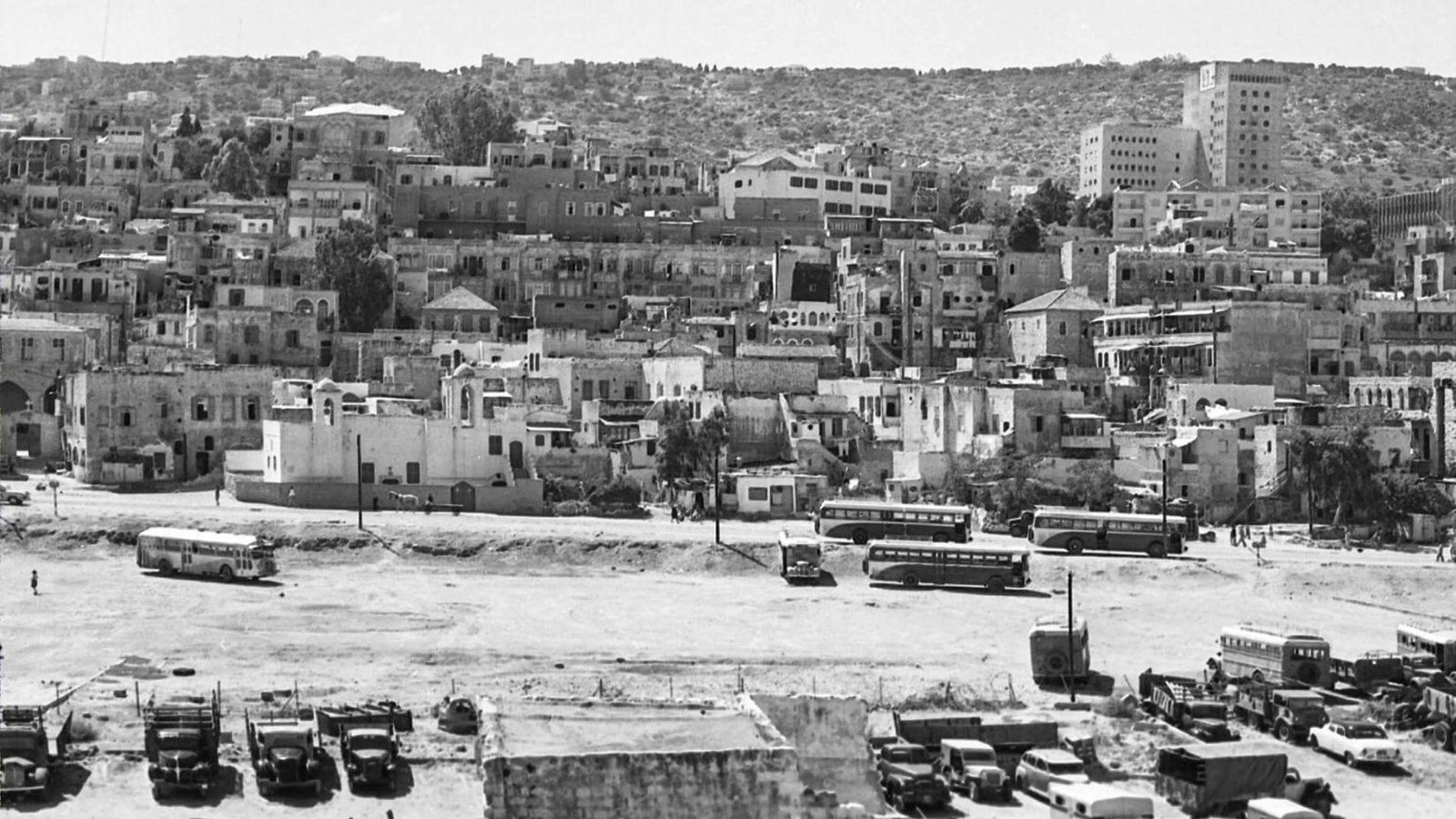
Today, the city of Haifa is under Israeli control and could easily be mistaken for a city in Europe. Instead of olive and almond trees, which are a common feature of Palestinian cities, non-native pine trees are found instead.
Since the Nakba (catastrophe) of 1948 when over 750,000 Palestinians were forcibly expelled from their homes by Zionist militias to make way for the creation of Israel, much of the city has been changed. Traditional Palestinian homes and buildings have been replaced with skyscrapers and modern architecture.
For visitors today, it is difficult to trace the history of traditional Palestinian buildings and homes. This is most notable in the Wadi Salib district, which overlooks the Mediterranean Sea and was once a bustling Palestinian residential neighbourhood (Supplied/Saint Elias Greek Orthodox Church, Haifa archive)

Prior to 1948, one of the main landmarks in Wadi Salib was the Greek Orthodox church of Saint Elias. This was surrounded by Palestinian homes whose residents were driven out of their homes by Jewish gangs. After the expulsion, the area was occupied by Jewish immigrants from North America who settled in the area.
Meanwhile, Palestinians were banned from living in the area, under the pretext that the neighbourhood was destined for demolition and the buildings were not in good condition.
In 1995, bulldozers were a common sight in the area and Palestinian homes were levelled to change the infrastructure and landscape of the area. Today, the neighbourhood is home to government offices and Palestinian homes have been sold to establish a new area for artists or for new studio apartments. This photo shows Wadi Salib in Haifa today (Sahera Dirbas/MEE).
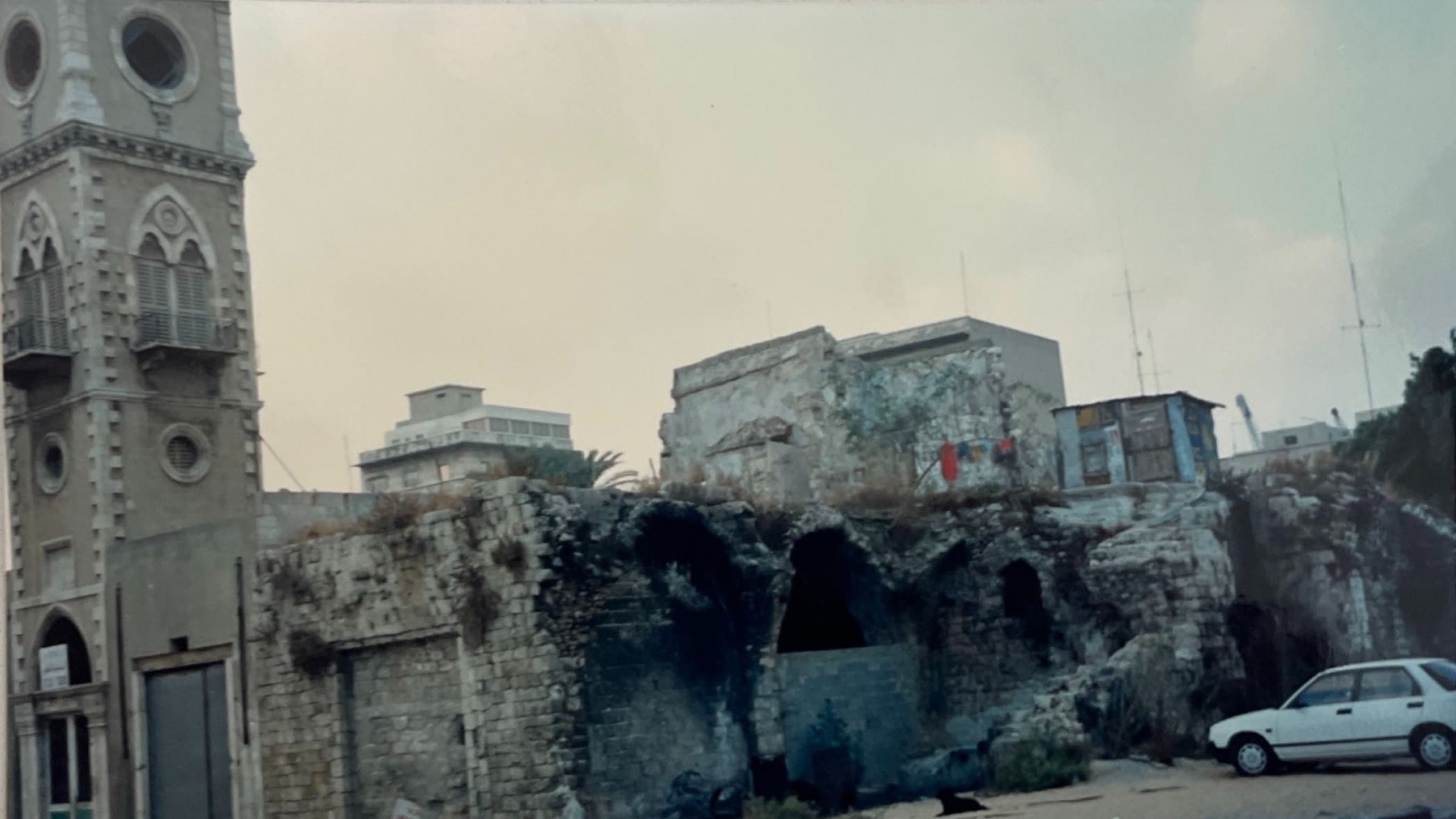
Haifa was occupied in April 1948, and one of the most prominent buildings to be partly demolished in the attacks was the Grand Mosque, also known as the al-Jarina Mosque in Wadi Salib. The mosque features elements of Ottoman architecture, was first built in 1775, and is one of the oldest mosques in the city. Located on the mosque’s southern facade is a six-storey clock tower, which has a dome with a crescent on top. The clock tower is one of seven similar designs found around Palestine, with another still standing in the heart of Nablus today. The mosque’s minaret was largely destroyed in the 1948 attacks. Prior to the Nakba, the mosque was surrounded by a local market, known as Souq al-Shewam, which was mostly destroyed. Only a few shops survived and it was later completely abandoned (MEE/Sahera Dirbas)
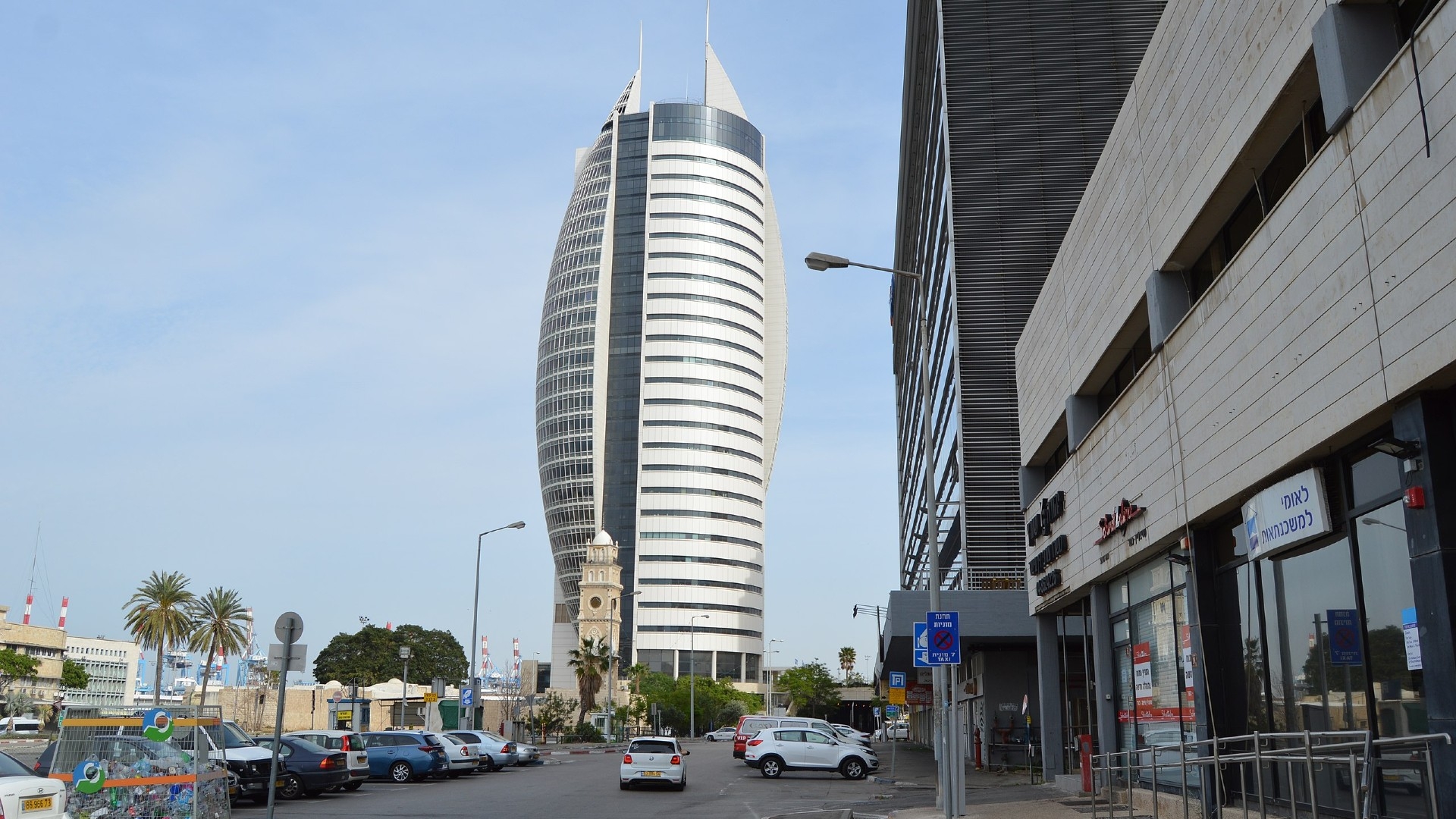
Today, the area is home to the Sail Tower, known in Hebrew as Beit HaMifras, as well as a large skyscraper. Together, they dominate the skyline. The other buildings in the area are largely government offices. In 2011, restoration work was carried out on the remains of the largely destroyed mosque by the Al-Aqsa foundation for Endowment and Heritage, the Islamic Waqf, and the Turkish Heritage Association (Wikimedia Commons)
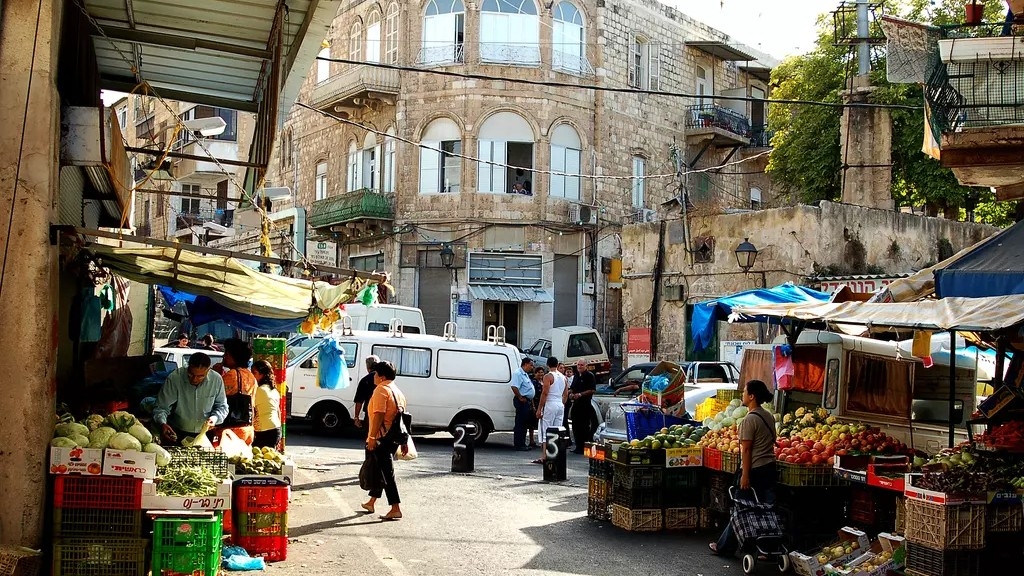
A bakery from the Ottoman era once stood in Wadi al-Nisnas, another traditional Palestinian neighbourhood. It was renowned for its wood oven which attracted a lot of local residents. After being owned by numerous different Palestinians over the years, the bakery was eventually sold to an Israeli government company.
Traditionally, Palestinians would make their dough at home and carry it on large straw trays to the bakery where it was baked for them in the wood oven. On special occasions, such as Islamic or Christian festivals, large queues would form outside the bakery as people waited in line for freshly made, date-stuffed cookies, known as ma’moul. The smell of freshly baked goods and sweets would fill the air in the surrounding area. This particular photo is from 3 July 2007 (Supplied/Palestineremembered.com)
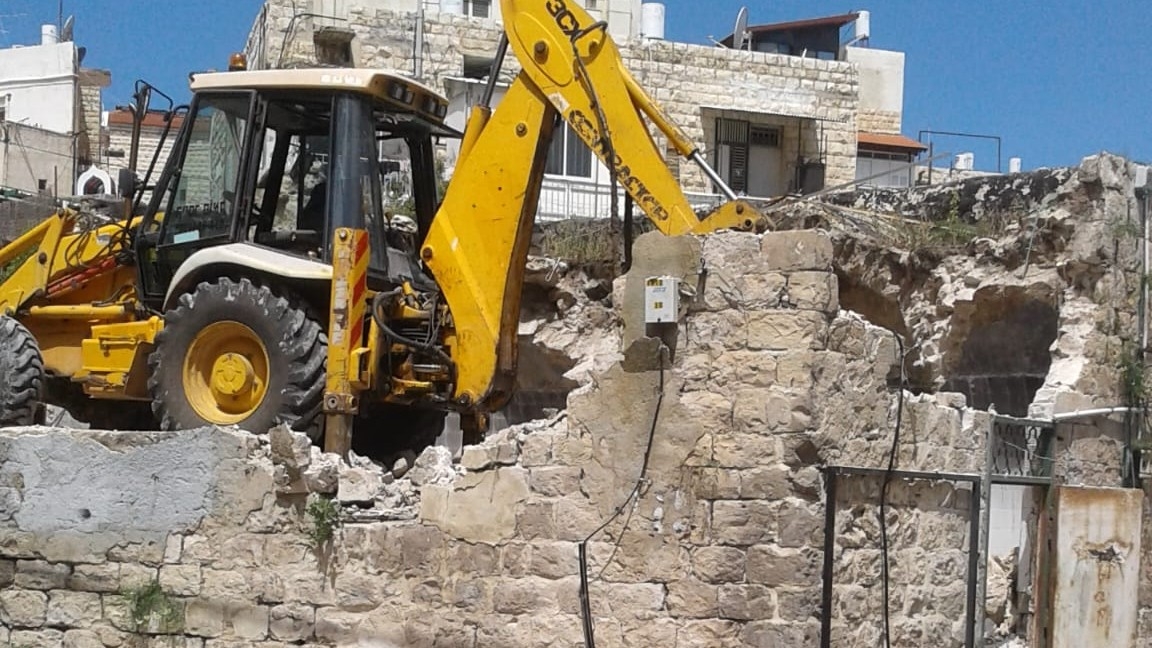
Following the raids in 1948 that drove out the Palestinian residents, Israeli forces rounded up the remaining Palestinians in this area, in what was then called a "ghetto".
In February 2018, the structure was fully demolished after getting approval from Haifa’s municipality (Supplied/Tony Ashkar)
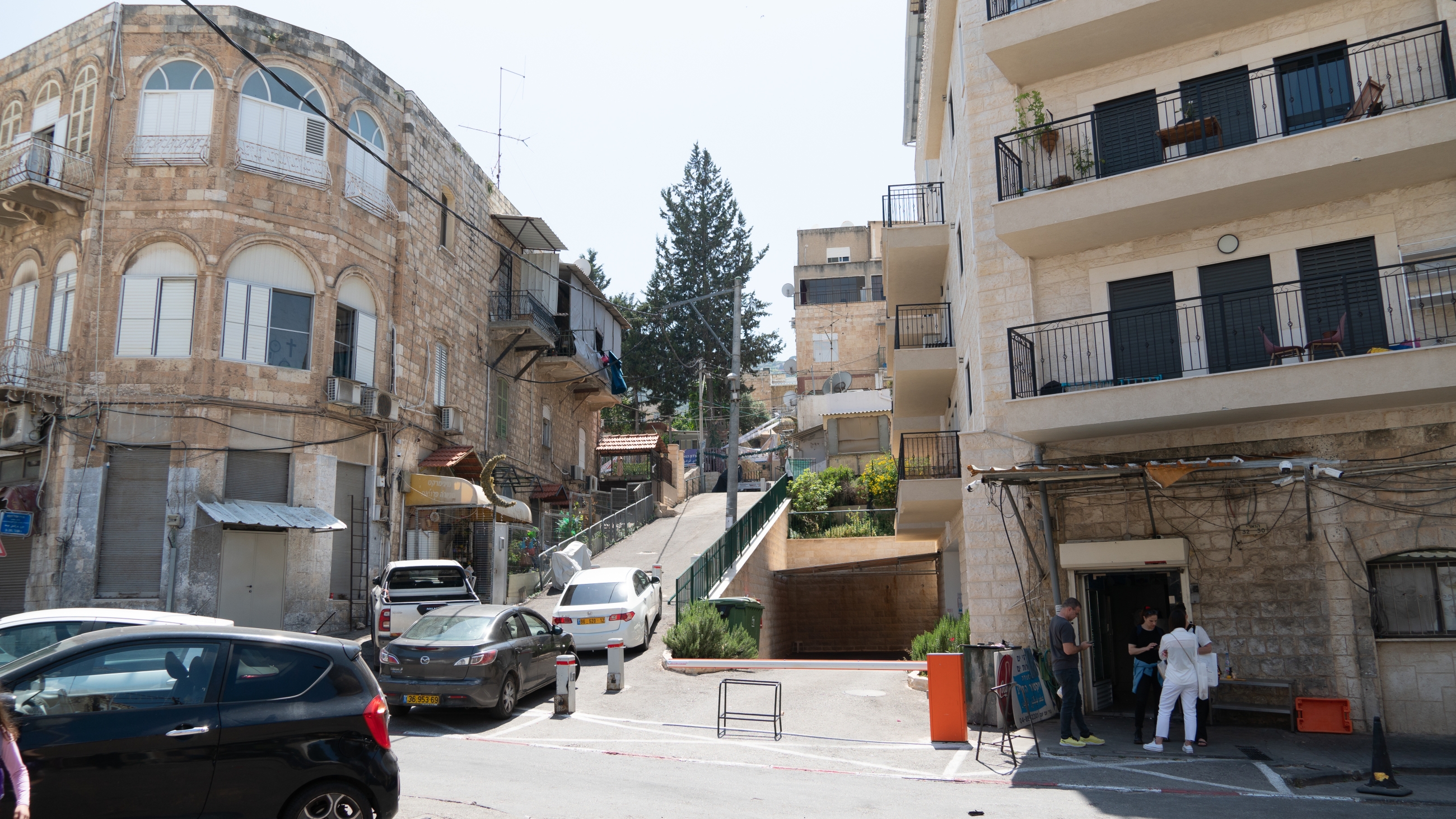
Today, the location where the bakery once stood contains residential apartments. Despite being a heritage site and holding significant cultural importance to locals, the municipality gave approval for a car park to be built at the site, and in the process removed much of the original building (MEE/Sahera Dirbas 2023)
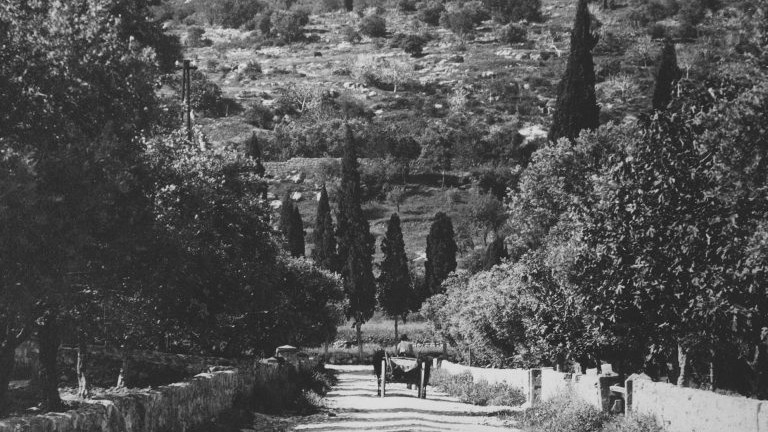
One of the main landmarks and tourist sites in the city of Haifa today is the Bahai Gardens. The gardens and shrine were founded for the Baha'i community, a faith that originated in 19th-century Persia. Construction first started in 1987 and the attraction was completed in 2001. It has 1,500 steps ascending to the top. The area that is now home to the shrine was once a residential area for Palestinian families. In order to create the terraced gardens, Palestinian homes at the base of the mountain were demolished. This photo shows the area around 1905-1910 (Supplied/Gan Bahai)|

The well-known Palestinian Renno family is just one example of residents who used to live in the area before they were forcibly expelled in 1948. The family originally held high positions at the port, but after 1948 they were forced out to Lebanon and eventually moved to America. The family had lived in the same area and worked in the same profession since the Ottoman era, and were important figures in the community.
After the Nakba, the streets leading up to the gardens were renamed from Carmel Avenue (or Jabal Mar Elias) to Ben Gurion Avenue (MEE/Sahera Dirbas)
Middle East Eye delivers independent and unrivalled coverage and analysis of the Middle East, North Africa and beyond. To learn more about republishing this content and the associated fees, please fill out this form. More about MEE can be found here.


